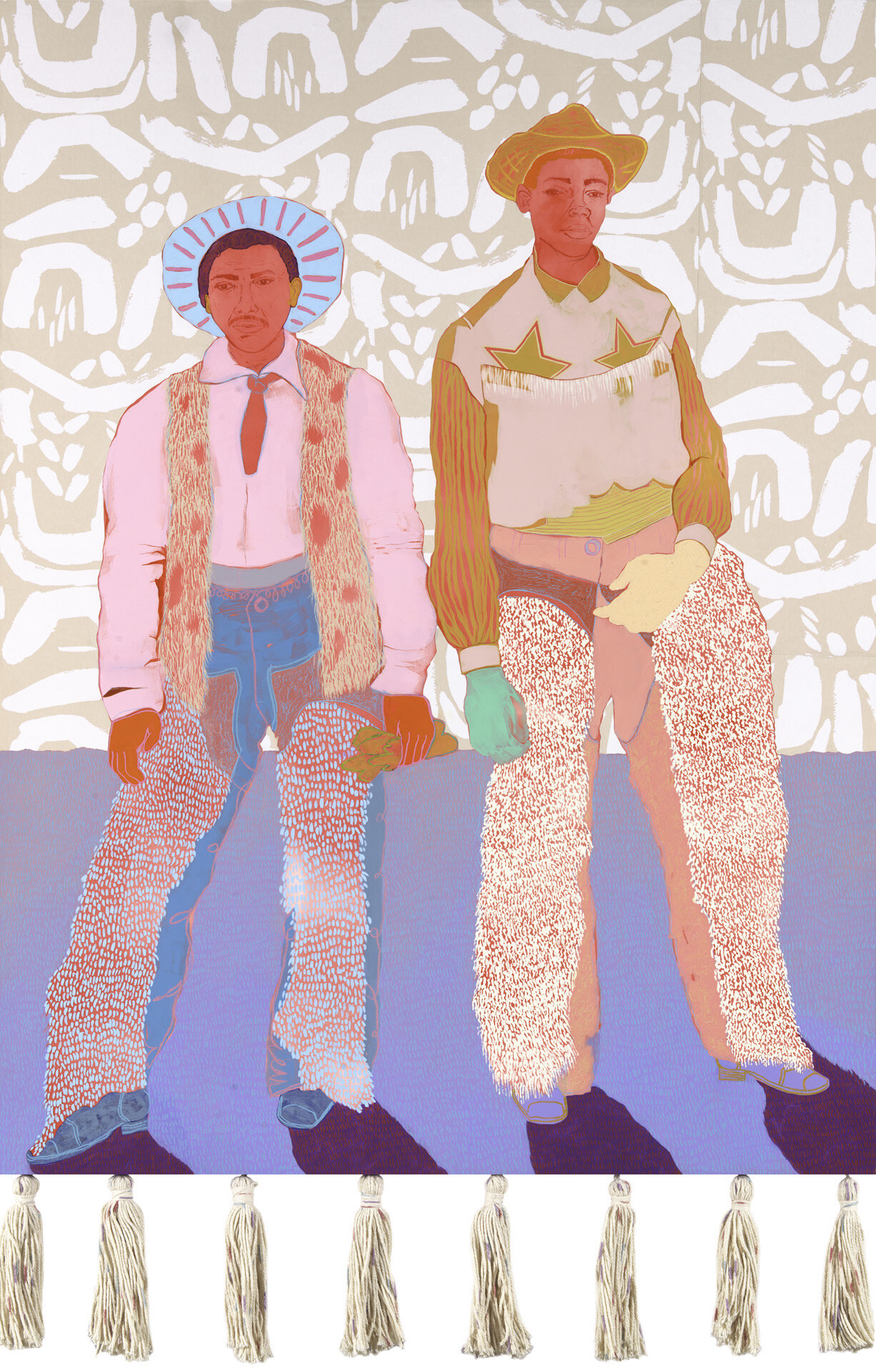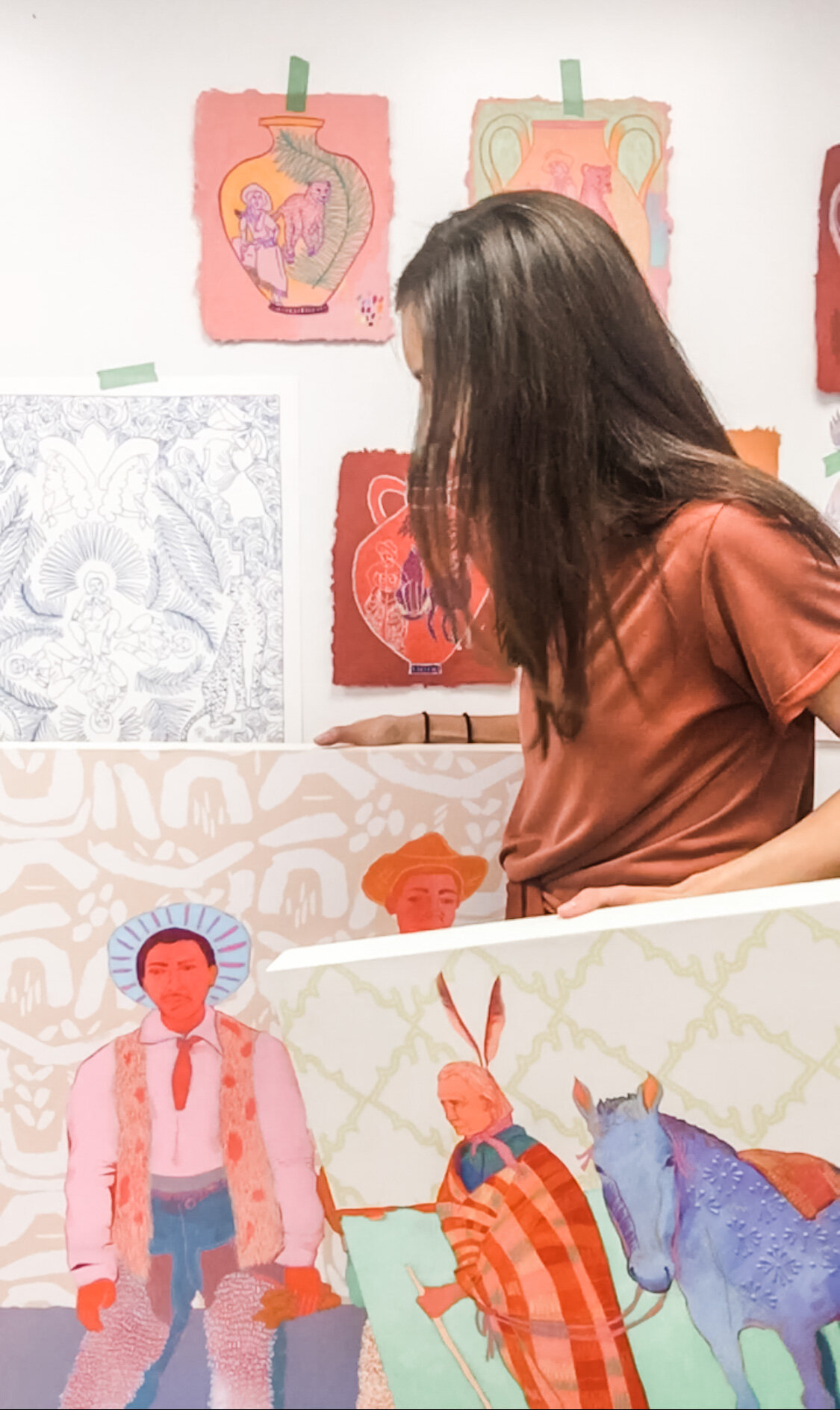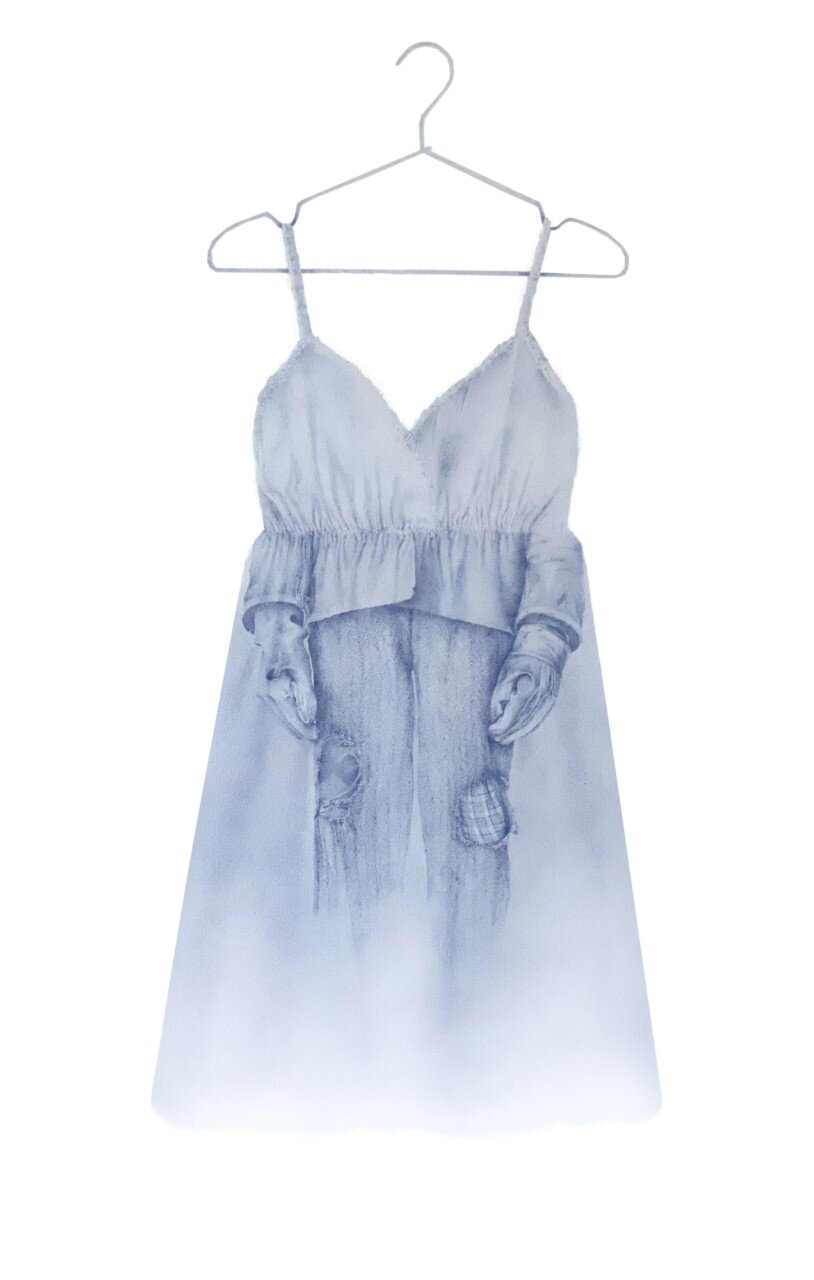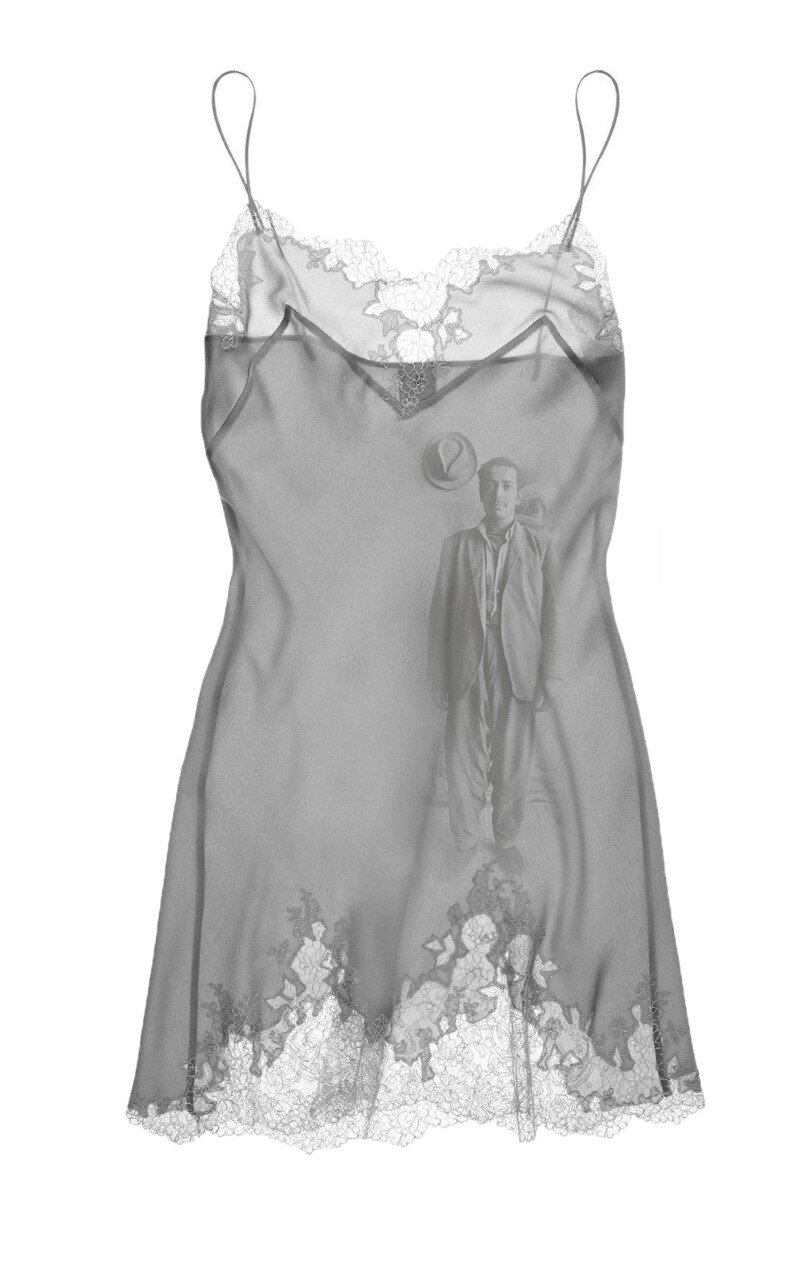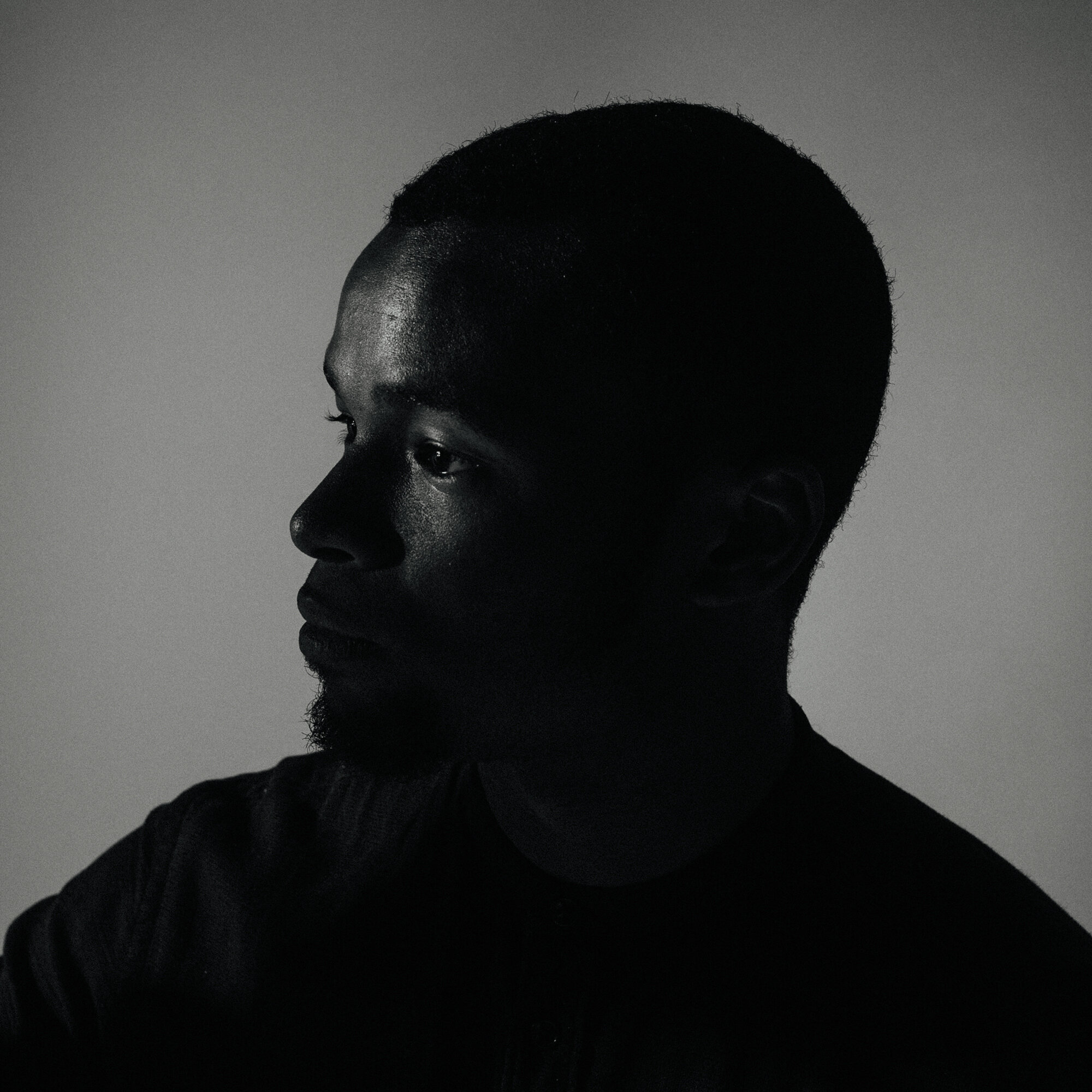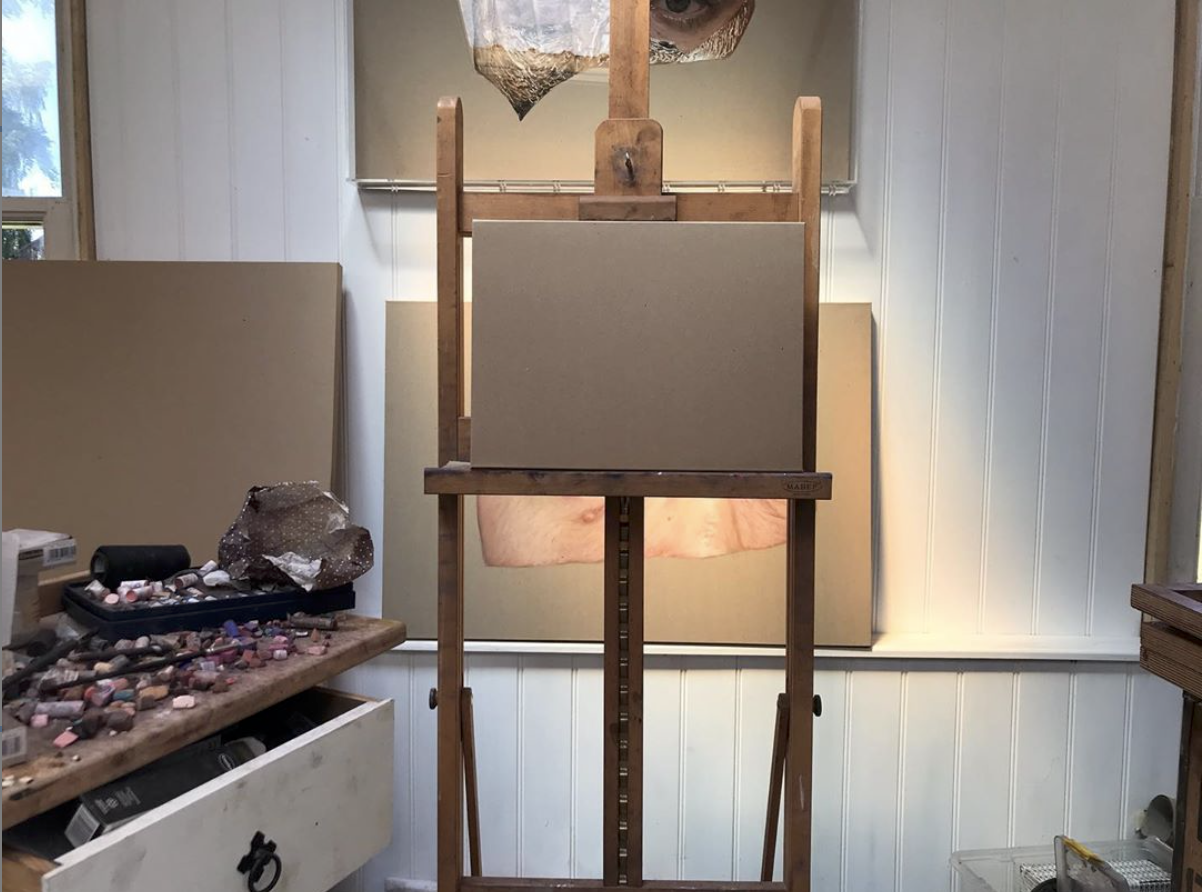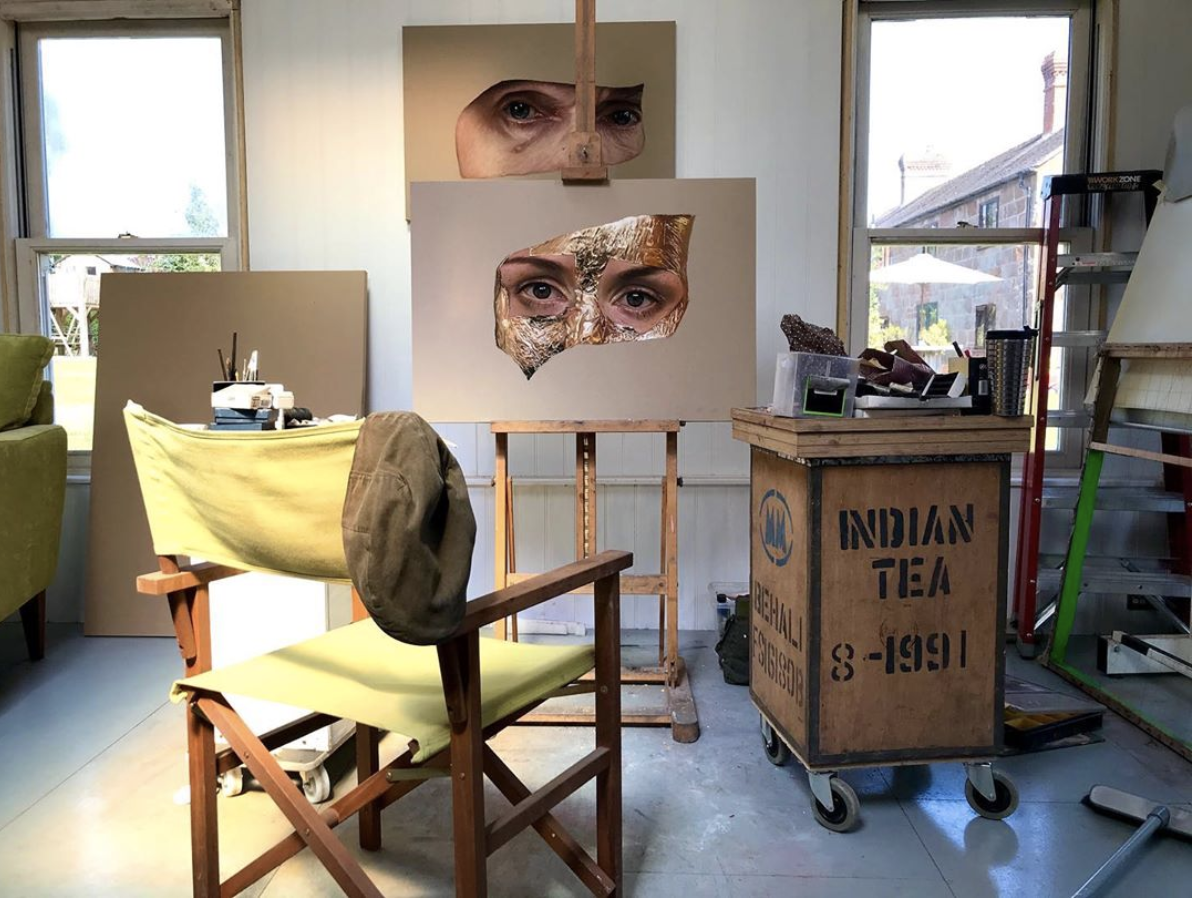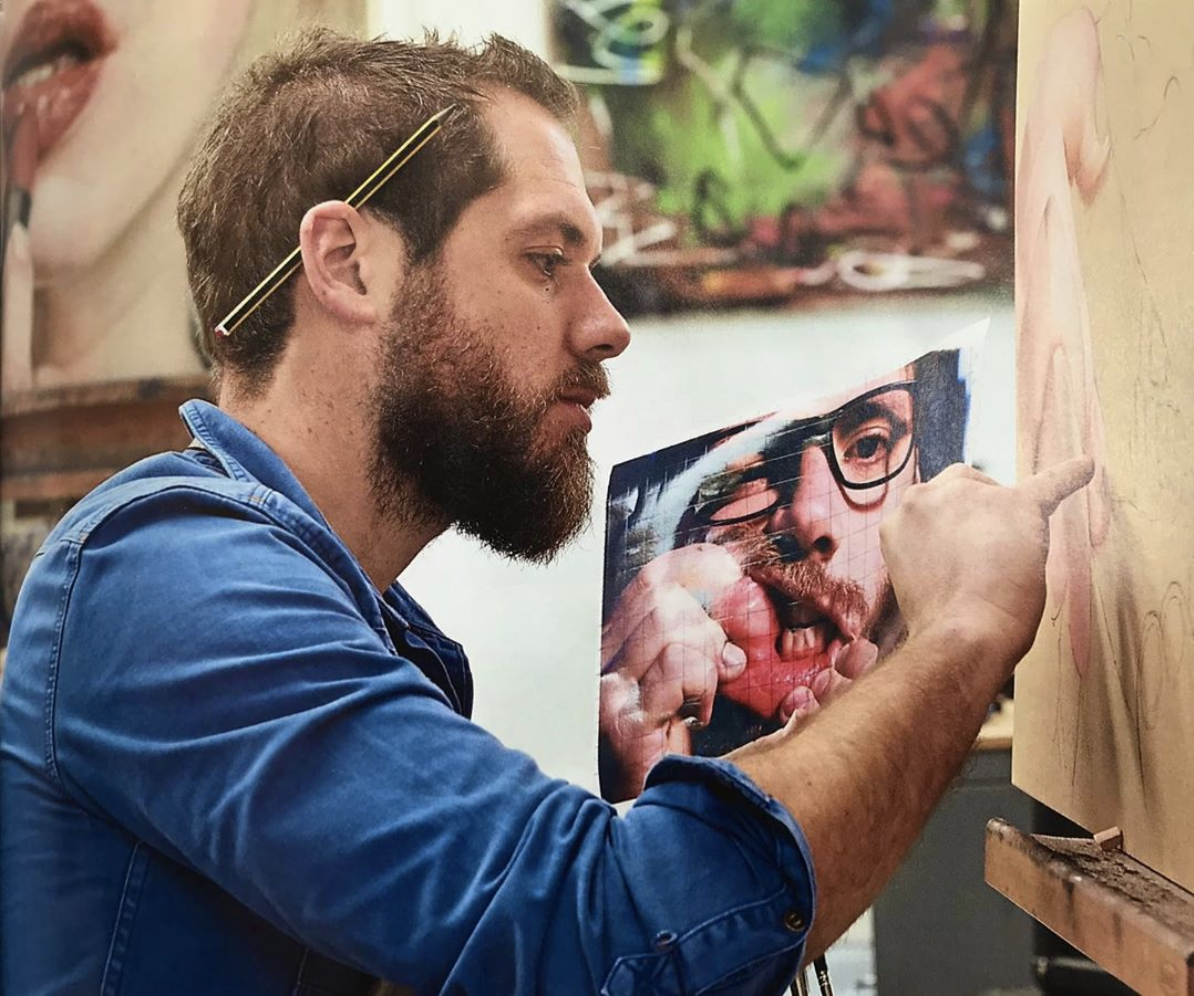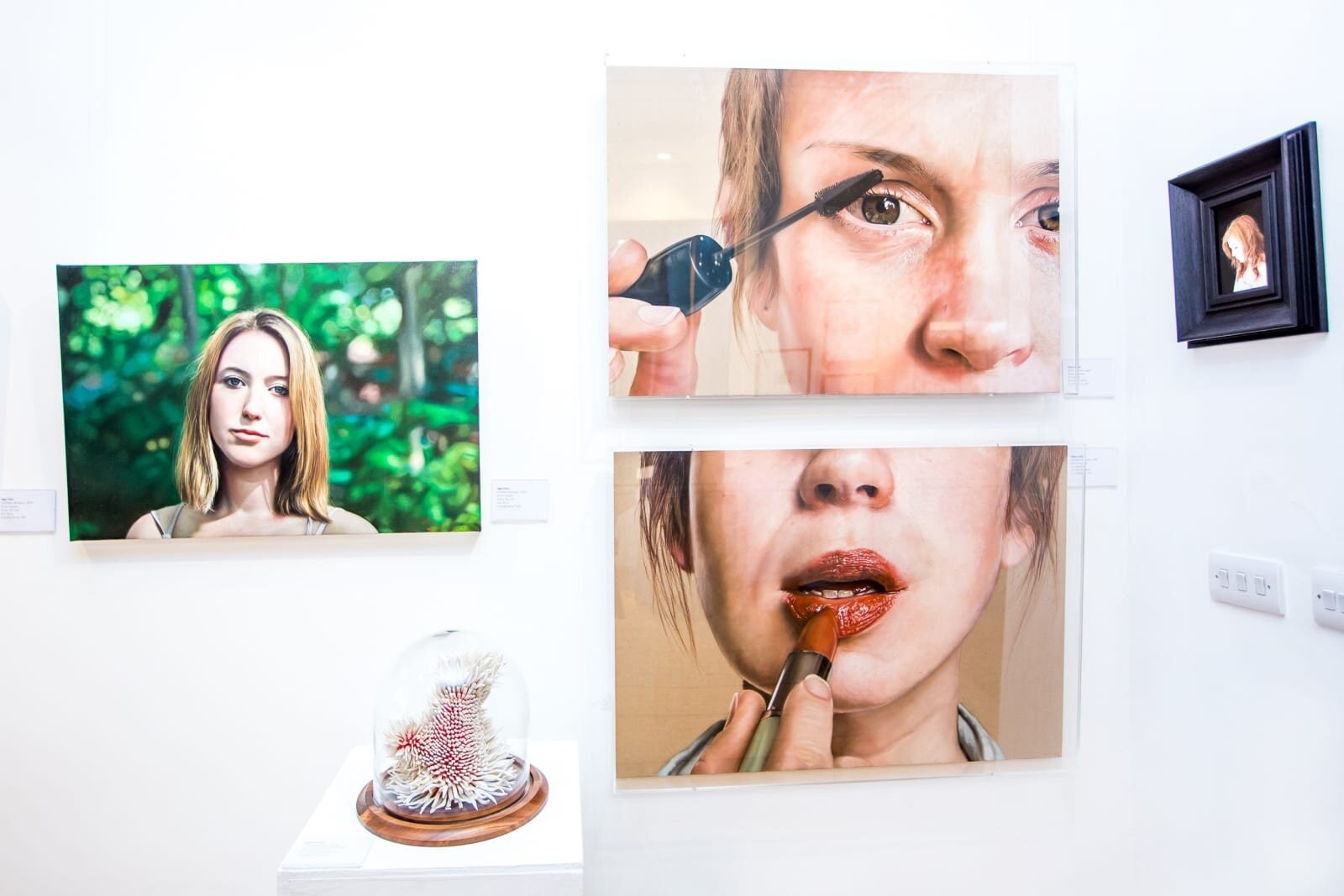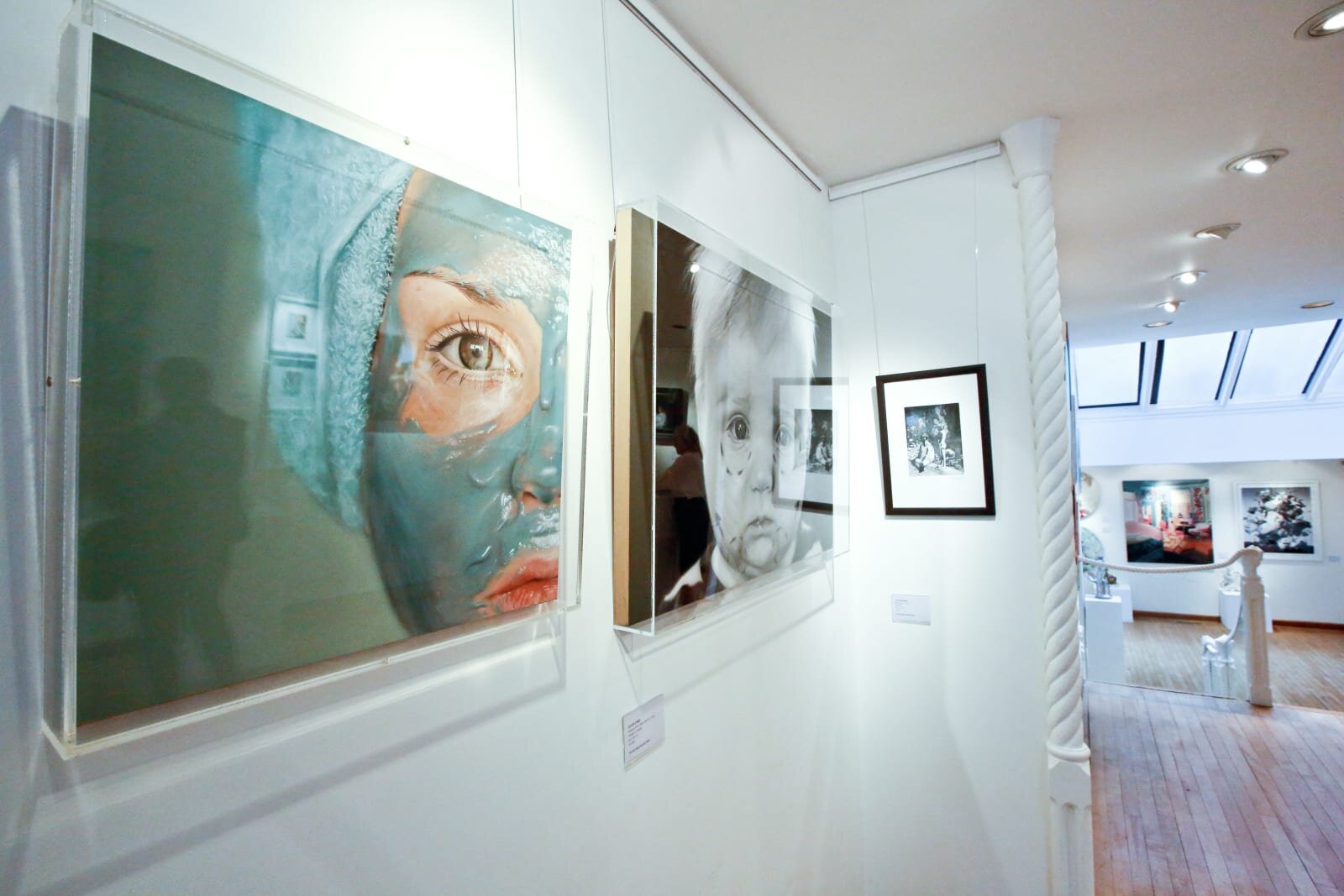DATES: 14 SEPTEMBER 2020 - 18 APRIL 2021
Entry tickets must be booked in advance via the National Trust website. Tickets are released each Friday for the following week. Please also check for current safety and social distancing guidelines at www.nationaltrust.org.uk/berrington-hall
ABOUT THE EXHIBITION
Meadow Arts is working in partnership with National Trust for a new exhibition, with contemporary artist Oliver Jones, that draws the past and present together to spark new conversations.
Berrington Hall is a remarkably handsome place. Designed for enjoyment and elegance, its pleasing aesthetics are reflected in both the landscape of Capability Brown, for whom Berrington’s pleasure grounds were a crowning glory and in the interior decoration of Henry Holland, who was the uncontested fashionable designer of his time.
In this second decade of the 21st century, the same ideas of perfection and beauty are disseminated on a scale unimaginable at the time of Brown and Holland, through the internet, advertising and, of course, social media. One of the main functions of these new media seems to be the re-presentation of these ideals: the perfect life, under the perfect surface (perfect face, body and skin).
Sometimes shocking, often melancholy or humorous, Oliver Jones’ images take their place in the beautiful interior of Berrington Hall. Like a sudden invasion of hyper-reality, they jar and stand out, but they also seem strangely at home. Graphically, these images respond to a new tech-driven iconology; they are cropped and framed to fit the screens on phones or tablets. Jones’ images are not portraits, rather they illustrate a need for attention; an almost macabre quest for beauty and perfection, whether through plastic surgery, skin treatments or body modification.
Skin Deep invites new interpretations of the Hall, looking for example at what belies the decoration and collections, cultural ideas of beauty, or portraiture etc. The exhibition also hopes to encourage new audiences to visit Berrington. The works present an opportunity to discuss issues like body consciousness, self-image, self-obsession, or societal ideas of self-hatred. This new cult of beauty and perfection, especially as expressed and experienced by ‘natives’ of the digital era, is often described as dangerous and alienating.
www.nationaltrust.org.uk/berrington-hall








